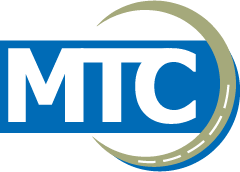Researchers
About the research
Reflective cracking in hot mix asphalt (HMA) overlays has been a common cause of poor pavement performance in Iowa for many years. Reflective cracks commonly occur in HMA overlays when deteriorated portland cement concrete is paved over with HMA. This results in HMA pavement surfaces with poor ride quality and increased transportation maintenance costs. To delay the formation of cracks in HMA overlays, the Iowa Department of Transportation (DOT) has begun to implement a crack-relief interlayer mix design specification. The crack-relief interlayer is an asphalt-rich, highly flexible HMA that can resist cracking in high strain loading conditions. In this project, the field performance of an HMA overlay using a one inch interlayer was compared to a conventional HMA overlay without an interlayer. Both test sections were constructed on US 169 in Adel, Iowa as part of an Iowa DOT overlay project. The laboratory performance of the interlayer mix design was assessed for resistance to cracking from repeated strains by using the four-point bending beam apparatus. An HMA using a highly polymer modified binder was designed and shown to meet the laboratory performance test criteria. The field performance of the overlay with the interlayer exceeded the performance of the conventional overlay that did not have the interlayer. After one winter season, 29 percent less reflective cracking was measured in the pavement section with the interlayer than the pavement section without the interlayer. The level of cracking severity was also reduced by using the interlayer in the overlay.
